THE BICAMERAL MIND (3) - Its importance in the birth of civilization

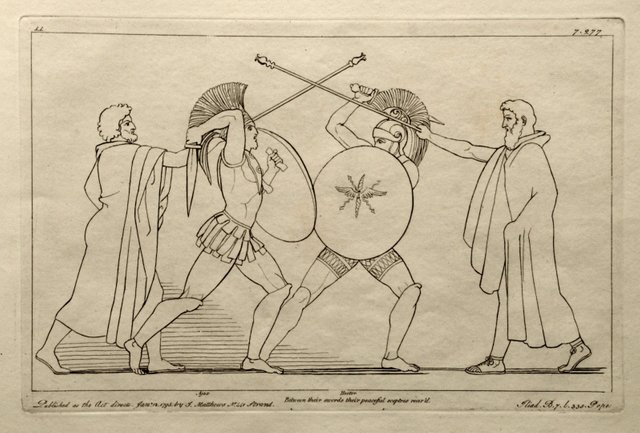
[In the last article, we saw how the voices of gods played the decision part in the action of the Iliad's heroes - this engraving is a perfect representation of it. Battle between Ajax and Hector. Source]
It may help to try to throw some flesh on this skeleton of a theory and see if there is any kind of evidence with what we know of human history
The Age of Names
The crucial element which will lead to the lead to is the evolution of language. Consciousness and language evolve hand in hand. First, without a common language, however rudimentary, is necessary to ensure that a tribe or any sufficiently large group can work and live together in some sort of harmony:
Let us consider a man commanded by himself or his chief to set up a fish weir far upstream from a campsite. If he is not conscious, and cannot therefore narratize the situation and so hold his analog “I” in a spatialized time with its consequences fully imagined, how does he do it? It is only language I think that can keep him at this time-consuming all-afternoon work.
And this language ensures that everyone strives for the common good, which means that the tribes become more and more sedentary and create… towns! But even more importantly, Jaynes traces back at the same period (Mesolithic era) the “invention” of names:
Now, once a tribe member has a proper name, he can in a sense be recreated in his absence.
And once they have names, they can be buried with a ceremony, in a grave, marked as such, and revered even after their death! The towns, crucially, come with their own cemetery.
The Age of Graves
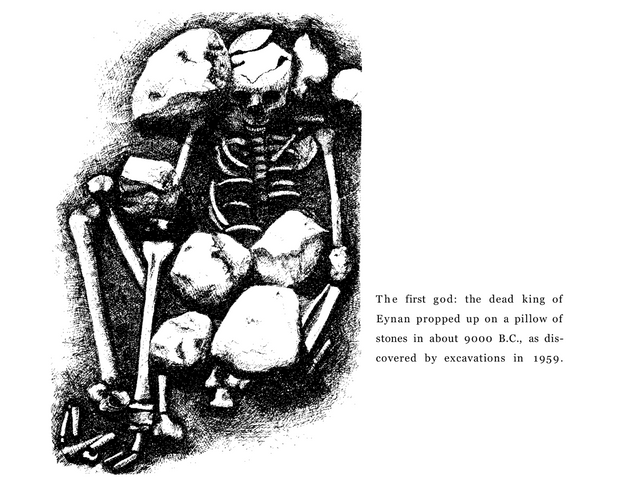
And this is to the cemeteries of the Mesolithic period that Jaynes trace back the birth of the first gods. According to his theory, the “ruler” of such tribes were important in life, but even more in death. Their death didn’t mean they stopped “speaking” to their fellow people, on the contrary:
We have decided that the occasion of an hallucination was stress, as it is in our contemporaries. And if our reasonings have been correct, we may be sure that the stress caused by a person’s death was far more than sufficient to trigger his hallucinated voice. [I…] If this were so for an ordinary individual, how much more so for a king whose voice even while ruling ruled by hallucination.
Once a king has died, he remains in the collective imagination of his people as a god, and this trend can be identified in many civilizations, like Egypt for example.
The Age of Idols
Somewhat linked to the graves and the bicameral mind are the effigies and statues and idols which pop up around the world, in help to the hallucinatory commands:
A third feature of primitive civilization that I take to be indicative of bicamerality is the enormous numbers and kinds of human effigies and their obvious centrality to ancient life.
The bicameral mind relies on sound and voice, but also on the body of the kings who lived and ruled. Once the king dies, the primitive civilization make all their possible to keep in good shape the bodies of their rulers as long as possible. It was intended, following Jaynes’ theory, to support as long as possible the voices coming from the afterlife.
However, soon enough the bodies rot, and humans must turn towards any ersatz available to prop up the hallucinatory voices. Of course, not all the statues and figurines were used in such a way, but…
some of these small objects, we may be confident, were capable of assisting with the production of bicameral voices.
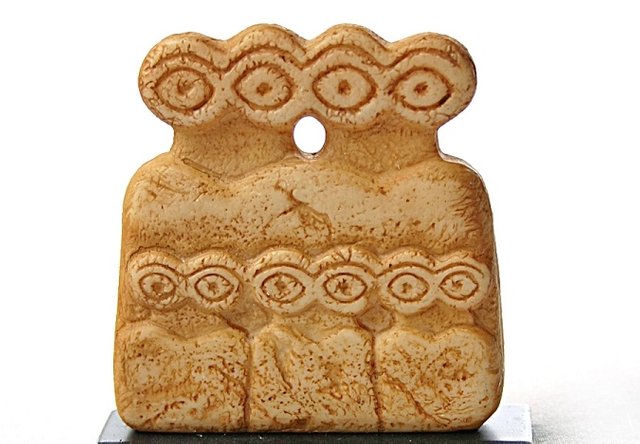
[One of the idols excavated from Brak, on an upper tributary from the Euphrates. Source. ]
And especially, the bigger the eyes of an idol, the more its effectiveness for the bicameral mind:
it is sufficient here to suggest that you are more likely to feel a superiors authority when you and he are staring straight into each other’s eyes. There is a kind of stress, an unresolvedness about the experience, and withal something of a diminution of consciousness, so that, were such a relationship mimicked in a statue, it would enhance the hallucination of divine speech.
The Age of Civilization
Hence, the cradle of civilization as we know it is a tomb. The tomb of the first kings who ruled above their people, setting everything in motion. And I particularly like the definition given by Jaynes:
Civilization is the art of living in towns of such size that everyone does not know everyone else.
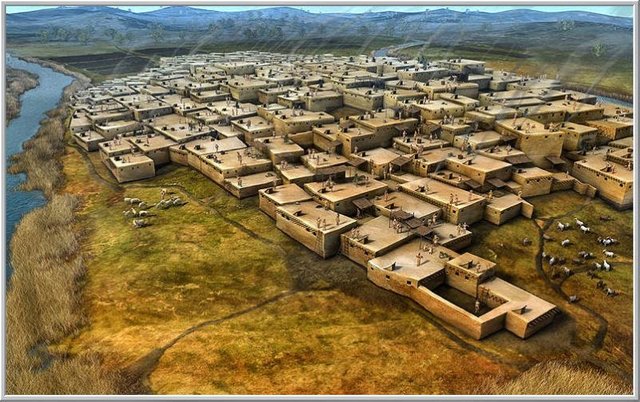
Ironic, somewhat, but how true! Before the bicameral mind was able to interiorize the commands of the kings/gods, any tribe too large to know everyone of its member was doomed to fail or self-destruct through mutual suspicion and dislike. Once the voices of kings (present or dead) are heard by a majority of people who may not even know each other, these people can abide by the same rules, and dogma and objectives.
There, Jaynes stress an important distinction. At some point, the theocracy delineated here divided in two:
-a branch of it kept going with the King as God (for example Egypt),
-another branch started to see the King as the steward of God, which could have been any statue or idol (for example in Mesopotamia).
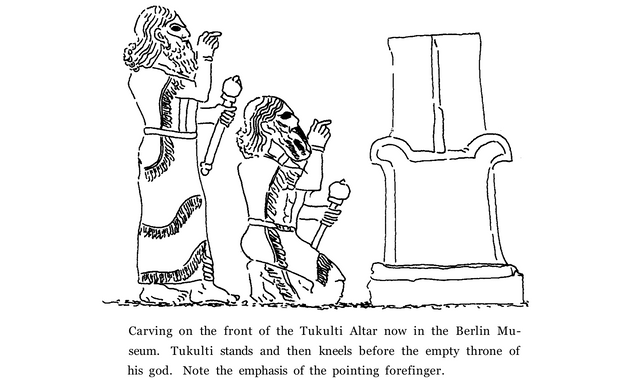
But in both cases, the hallucinatory power and functions remain to channel the consciousness of the population and this ensured that theocracies remained, for such a long time, such a success. However, like all success, it contained in itself the germs of its own destruction:
The most obvious fact of theocracies is their success in a biological sense. Populations were continuously increasing. As they did so, problems of social control by hallucinations called gods became more and more complex.
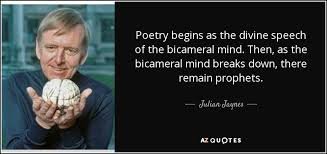
To be Continued!Source:
http://www.julianjaynes.org/about-julian-jaynes-theory.php
Previous articles about the Bicameral Mind:
thanks for sharing
I read an e-book of Jaynes' monumental tome earlier this year, found it presents a plausible explanation of the way human consciousness emerged and continues to evolve.
I personally think that we, as a human species, are still in a transitional phase between collective unconsciousness and individual consciousness, with vestiges of the old bicameral way of thinking still influencing various societies.
If the book is controversial, that is because nostalgia for the old ways of viewing the world are still ingrained in most cultures, and for mostly superstitious reasons probably won't be unlearned for a long time to come.
Glad to see that my post is still winning some attention :) Thx for your comment! Even if i'm not totally convinced by Jaynes theory, it is mind-boggling all the implications and how it challenges our usual perceptions of the world. A real must-read for sure :)